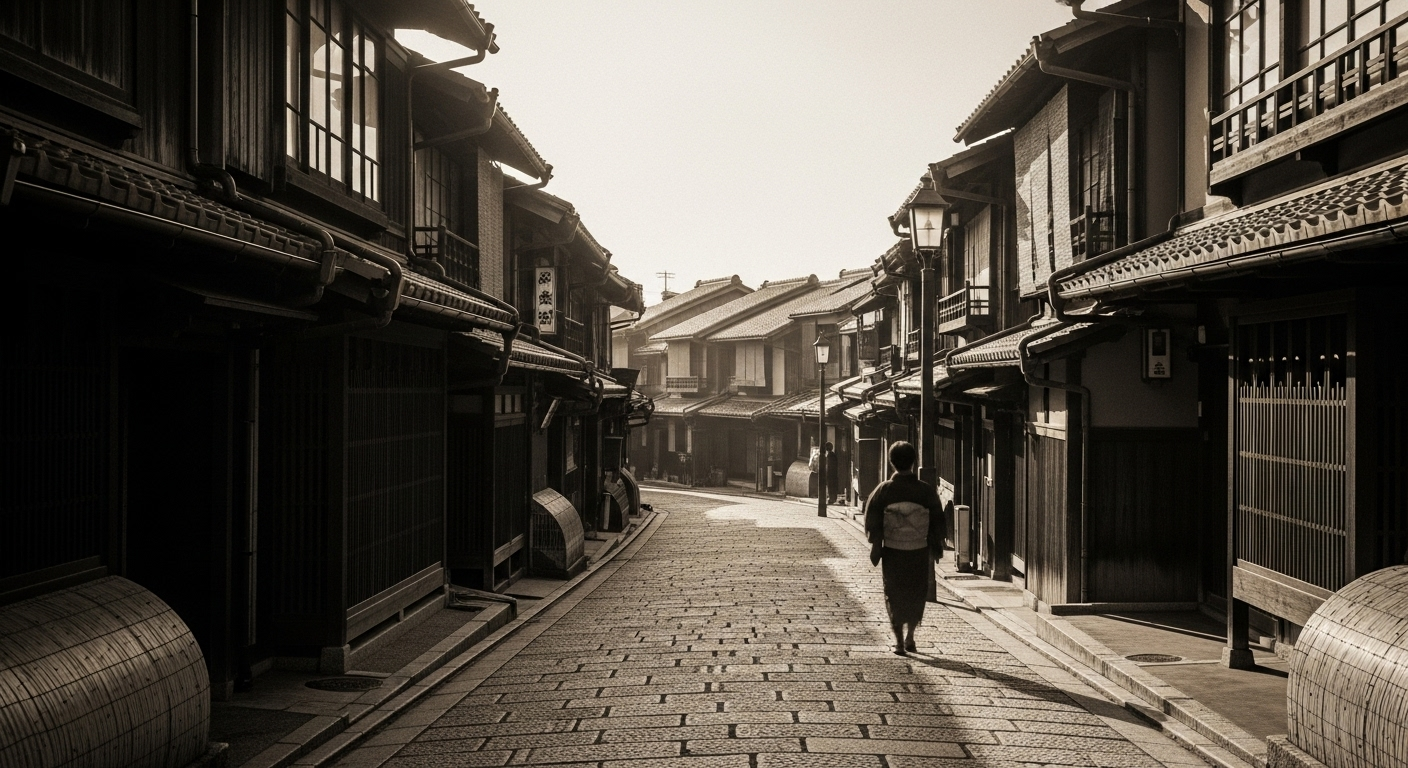As I was sitting by the digital pond, contemplating the gentle ripples of information that cross our screens, a particularly dark splash caught my attention. It wasn’t a sensational headline, but a quiet, almost forgotten piece of history that made me pause. It concerned a period in Japan, over a century ago, and a chilling revelation that still echoes today.
Unearthing a Hidden Horror
Have you ever wondered about the hidden corners of history, those stories that don’t often make it into textbooks but tell us so much about the human condition? Today, we’re delving into one such narrative: the case of Shige Sakakura. She wasn’t a figure of grand political intrigue or wartime heroism, but rather someone who operated in the shadows, running what was disturbingly known as a ‘baby farm’ in early 20th-century Japan.
The Scale of the Tragedy
Between 1898 and 1913, Sakakura, along with her accomplices Tsuta Oki and Naka Ikai, committed truly horrific acts. We’re talking about the murder of around 200 infants. Yes, you read that right – approximately two hundred young lives extinguished under the guise of care. It’s a number that’s hard to wrap your head around, isn’t it? A dark industry, preying on vulnerability when it should have offered solace.
When a Mother’s Instinct Broke the Silence
So, how did such a widespread horror finally come to light? It wasn’t a massive police investigation or an anonymous tip-off. It was something far more personal and, in its own way, profoundly poignant. A geisha, a woman who likely entrusted her child to Sakakura’s dubious care, was simply denied access to her own baby. Think about that moment – the dawning realization, the rising panic. Her desperate report was the single thread that, when pulled, unraveled this entire, ghastly operation.
Justice and Lingering Questions
The wheels of justice, though slow, did turn. Shige Sakakura, Tsuta Oki, and Naka Ikai were all apprehended and ultimately hanged in 1915. It closed a chapter, but it leaves us with so many questions. What societal conditions allowed such a ‘business’ to flourish? What desperation led parents to such services? And what does it say about the quiet courage of one individual, a geisha, whose refusal to be silenced brought an end to such immense suffering?
Reflecting on Hidden Truths
Sitting here, reflecting on this, it’s a stark reminder that history isn’t just about grand narratives; it’s also about the quiet tragedies and the unexpected heroes. It underscores the importance of vigilance, of questioning what seems ‘normal,’ and of the profound impact a single voice can have. Even in the darkest corners, light can find a way in, often from the most unexpected sources. A sobering thought, perhaps, but one worth considering as we navigate our own complex world.
